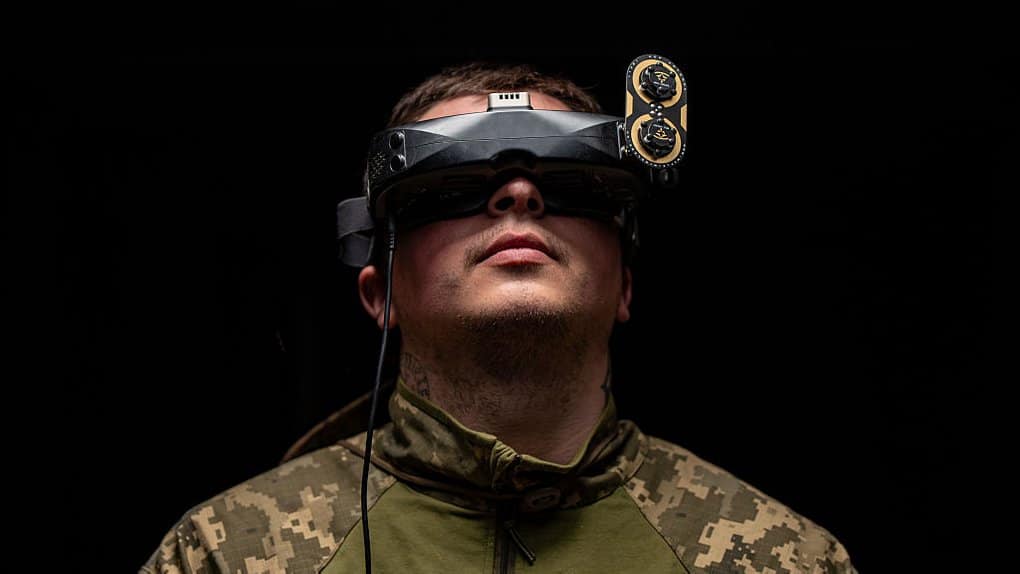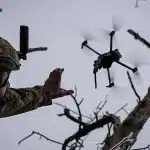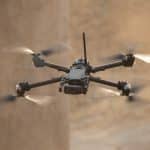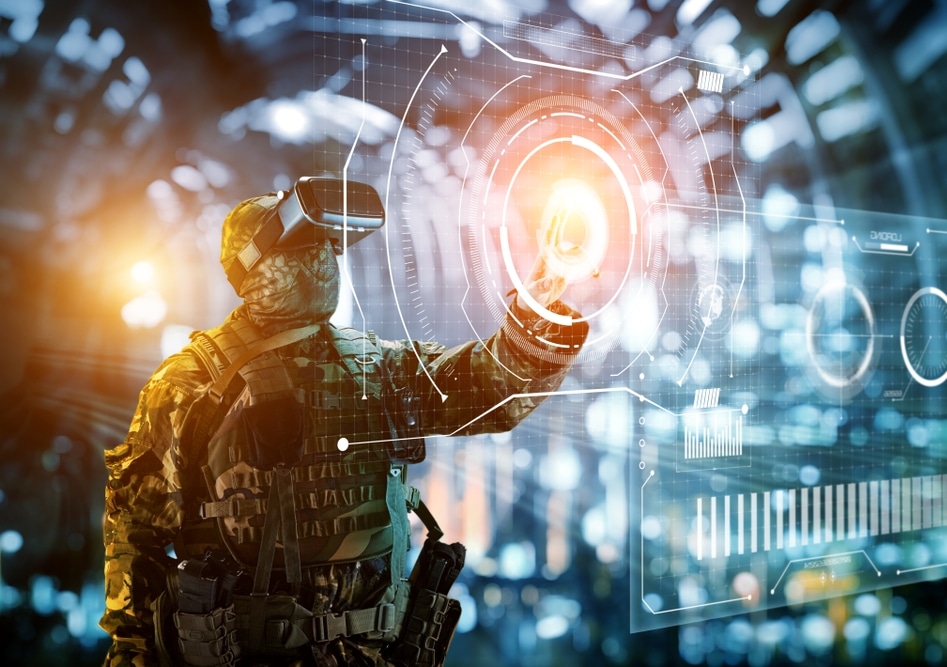In less than a decade, artificial intelligence in the armed forces has gone from emerging technology to capability foundation: major powers are now reconfigure their equipment plans around agents capable of analyzing, planning and executing complex tasks at very high rates, while keeping humans in the loop for any lethal decisions.
🇺🇸 United States: on course for “agentic AI”
In the United States, this transition to “agentic AI” became a reality on July 14, 2025, when the Chief Digital and Artificial Intelligence Office signed four framework agreements, each capped at $200 million, with Anthropic, Google, OpenAI and xAI. These agreements are aimed at experimenting with “frontier AI” agents capable of chaining together tasks, formulating hypotheses and optimizing logistical or intelligence processes, without delegating lethal authority.
🇬🇧 United Kingdom: cognitive analytics for the supply chain
On the same day in London, the UK Ministry of Defense renewed and extended its contract with Adarga for up to £12 million. Based on the Vantage platform, this cooperation exploits semantic search, generative AI and full source traceability to anticipate threats to military supply chains.
🇺🇦 Ukraine: combat AI on the front line
In Ukraine, operational pressure is fueling a “real-time” innovation effort. Launched on July 15, 2025, the K4 Startup Studio program endows the Ministry of Defense with a $1 million budget: up to ten teams will be selected and four finalists will each receive $250,000 to transform their AI prototypes into front line-tested capabilities, under military mentorship and with support from the German Ministry of Defense.
Start-up Fourth Law announced on July 17, 2025 that it had raised funds to industrialize its TFL-1 autonomy module, already used by several brigades for GPS-free terminal guidance. These initiatives illustrate Kyiv’s strategy of multiplying lightweight, embedded and low-cost AI bricks to compensate for adverse mass while keeping humans in the loop during engagement.
The trend observed this month therefore confirms a concentration of investments on non-lethal AI applications (logistical support, cyber defense, naval autonomy).





